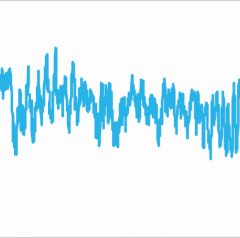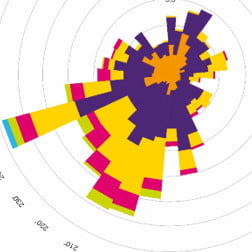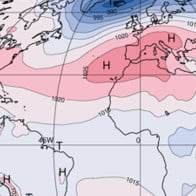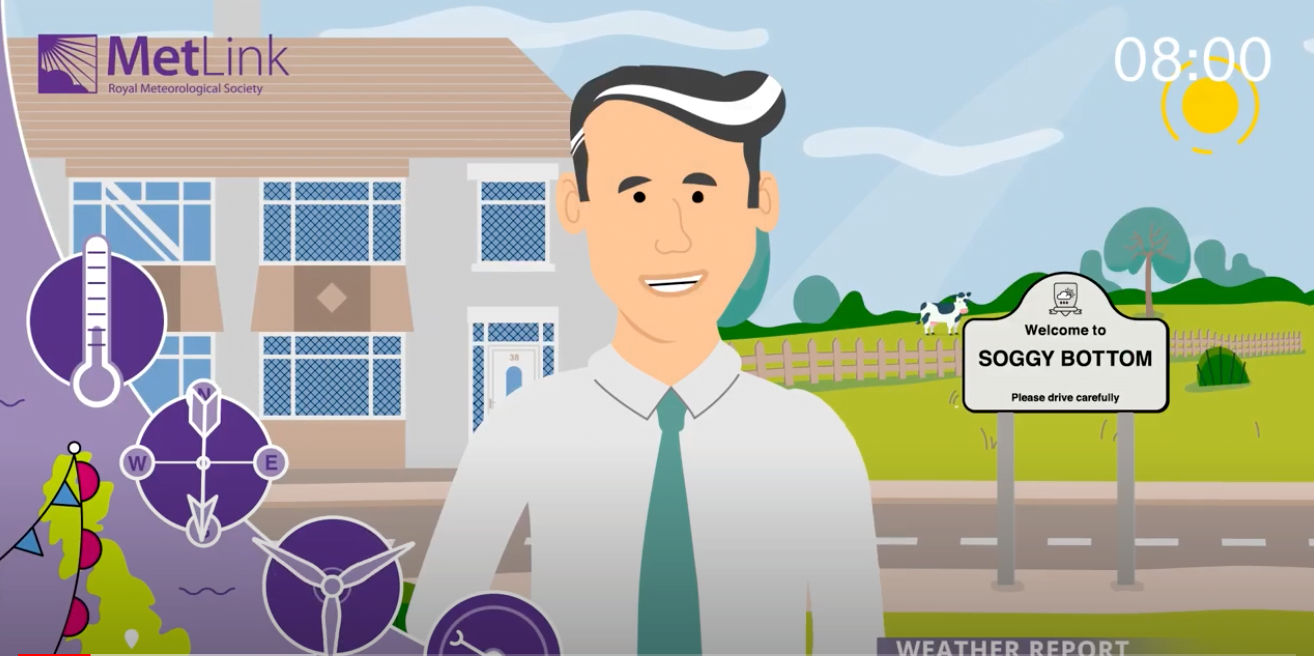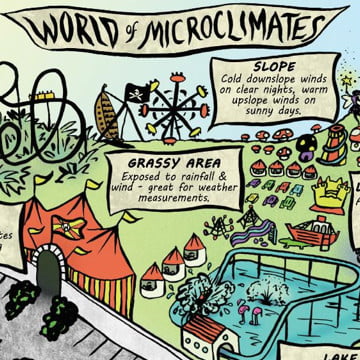Weather and Climate: a Teachers’ Guide
Pathway: Basic weather/ Climate
Weather Measurements – Weather and Climate – Atmospheric and Oceanic Circulation – Climate Zones
Lesson overview: In this lesson we explore the main climate zones, their link to the global atmospheric circulation and the influence of the oceans.
Climate zones describe parts of the Earth that have similar climate – the characteristics of the seasonal variations in weather. These relate to physical factors such as latitude and altitude, in association with their position relative to the global atmospheric and oceanic circulation. Although there are only five top-level categories – Tropical, Dry, Continental, Temperate and Polar – it is possible to define a total of 30 categories using the Köppen-Geiger classification system. This sytem considers a range of data that includes typical weather data such as temperature and precipitation and supplements this with evaluation of other variables such as soil temperature and the frequency of specific weather phenomena. These data allow climatologists to differentiate between similar climates and describe the characteristics of specific climates very precisely. Projections of climate change suggest climate zones show significant, though complex, change.
Learning objectives:
-
To be able to describe the major world climate types.
-
To know where the world’s major climate types are found.
-
To understand what happens to precipitation and temperature with increasing distance from the sea.
Key Teaching Resources
Climate Zones PowerPoint
Climate Zones PowerPoint (easier)
Climate Zones Worksheet
Climate Zones Worksheet (easier)
Climate Zones Homework
Teacher CPD/ Extended Reading
Read
Climate Zones _More for Teachers
or watch
Alternative or Extension Resource
Climate and Ecosystems homework
More Climate graph practice – different climate zones
Climate Zones – introductory activities including practical demonstrations
Group project – create a poster or presentation for the climate and ecological zones of 3 places
Activities using Weather and Climate data
Looking for evidence of changing climate zones (advanced)
